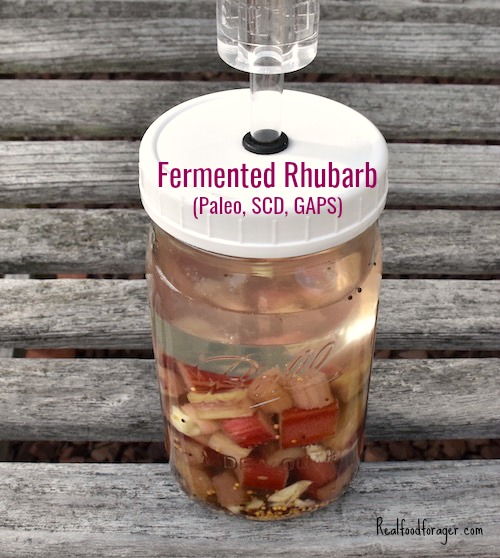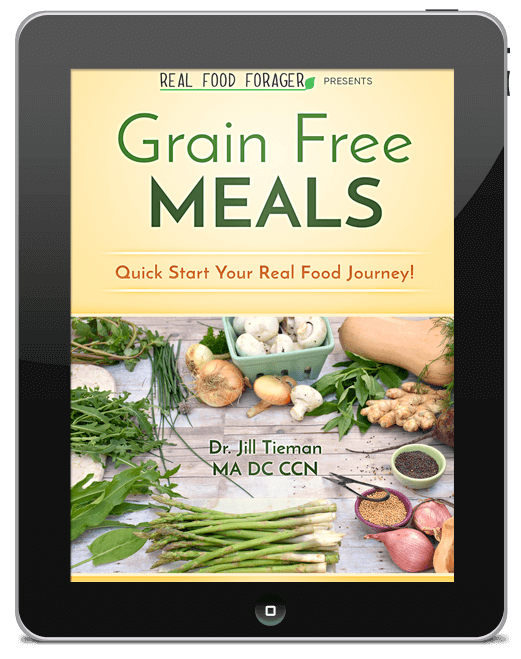
I was able to source organic rhubarb that looked very fresh. I was always curious about how fermented rhubarb would taste so that is what I decided to so with it.
Cultured rhubarb would be good as a condiment on top of a salad or with meat – much the same as pickles or sauerkraut.
In fact, many people call it rhubarb pickles!
Raw rhubarb is a very good source of dietary fiber, vitamins C and K, as well as minerals potassium, magnesium, calcium and manganese.
Rhubarb is also a rich source of polyphenolic flavonoids like beta-carotene, lutein, and zeaxanthin. These anti-oxidants protect against free radical damage and make rhubarb very heart healthy.
After fermentation things may change a little – but for the better. Fermentation increases the nutrient value many times over, because the beneficial bacteria increase the enzyme and vitamin content of food.
One important note about rhubarb – the leaves are extremely high in oxalic acid and should not be eaten by anyone. The stalks are the part of the vegetable that is eaten – cooked or cultured.
Lactic acid is a natural preservative that inhibits putrefying bacteria. Lactobacilli reside on the surface of vegetables and fruits and will convert the sugars and starches in these foods into lactic acid.
Before refrigeration was invented lacto-fermentation was the method used to preserve food. Humans reaped the benefits of this method by eating these foods and hosting the good bacteria.
Eating these naturally preserved foods aids the human digestive system in many ways. First and foremost, we are able to maintain large populations of beneficial bacteria in our gut simply by eating cultured foods. Most people who do this, will not require a probiotic supplement.
Beneficial Bacteria Live Symbiotically With Us
These bacteria form the mucosal layer of the human digestive tract. Most of the bacteria reside in the colon. However, they do live in all the other parts of the digestive tract, although in lower numbers.
There are literally trillions of cells of bacteria, fungi and yeast living in a balanced harmonic state in a healthy individual. There are actually more gut microflora in our intestines than there are cells in our bodies.
That’s a lot!
For the Brine
Equipment
1 quart mason jars (two) (where to buy airlock lids)
Read more about how the bacteria in your gut helps you.
Here are links to other cultured foods with videos!

Inspire Your Real Food Healing Journey with my FREE Grain-Free Meals e-Cookbook and Getting Started email series and newsletter! Unsubscribe anytime. Privacy Policy